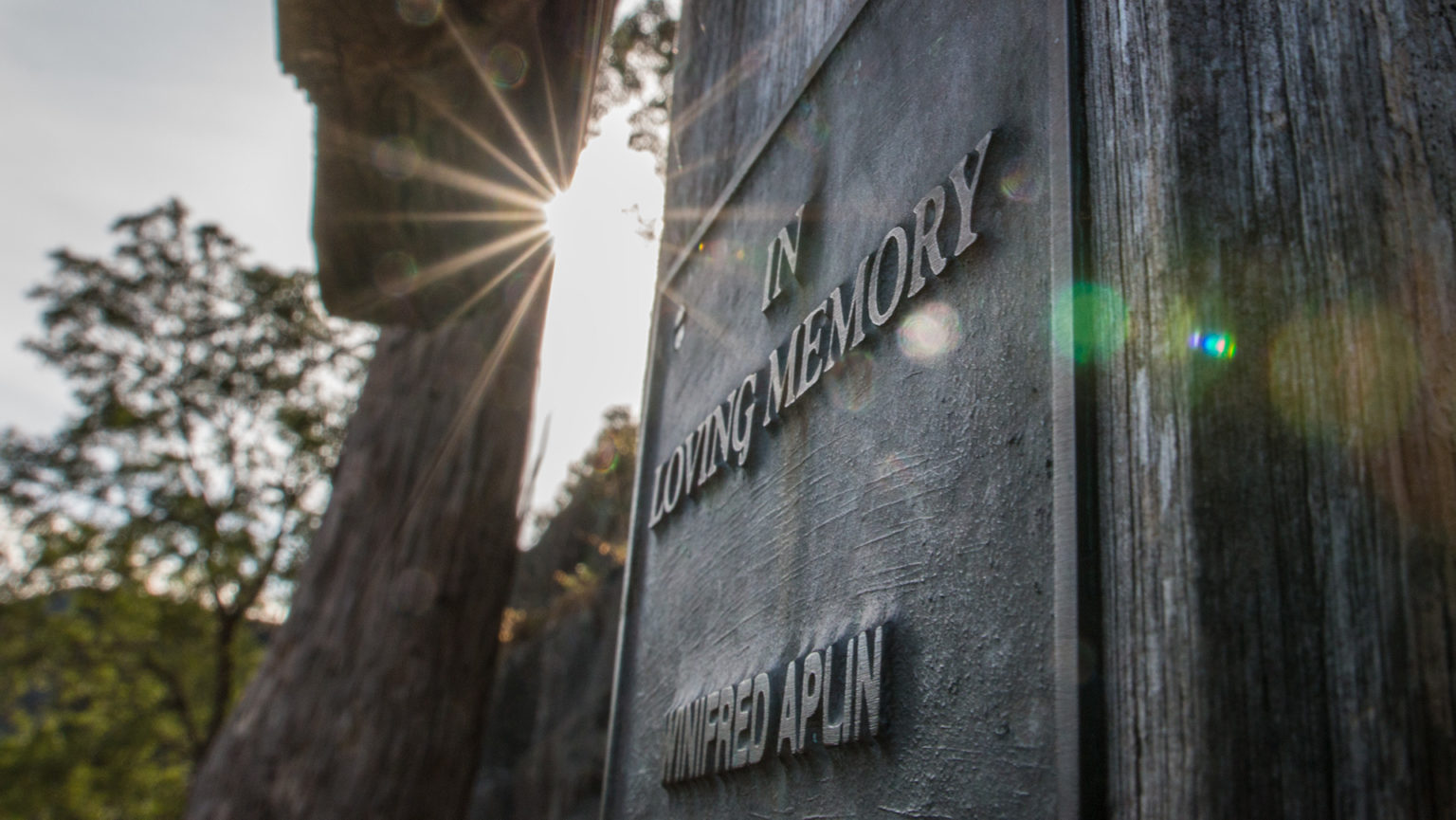Should we try to understand? Nitram review
October 18, 2021

Before the introduction credits roll on director Justin Kurzel’s Nitram, there’s a feeling of unease about the film’s subject matter. The Australian movie is based around the troubled life of Port Arthur shooter Martin Bryant (Nitram is Martin spelt backwards); in which his most infamous act is saved until just minutes before the final credits roll.
One question asked by many, especially Tasmanian residents, when the film was announced in late-2020: why make a film about the Port Arthur massacre? Even as the film premiered in Hobart to a half-capacity audience—and not because of Covid-19 restrictions—those who did see the movie told The Guardian the atmosphere was “like a funeral”, and others felt “physically sick”.
a dark chapter
For myself, Port Arthur has always represented a dark chapter in this country’s history even though it occurred when I was a mere toddler. And whilst the 35 people killed are still mourned to this day, the event also represented a turning point for Australia’s stance on guns. A National Firearms Agreement resulted in many such weapons being returned; and while the United States continues to struggle with the relationship between its Second Amendment and mass shootings, Australia has been free of such incidents in the years since 1996.
Perhaps the timing for Nitram is crucial for millennials and Gen-Zers to remember why Australia is so “hardline” against guns in a form that is more emotive than a history textbook. But that’s where the central question about the movie’s existence intensifies. Remember, this isn’t a movie about the massacre—unlike the recent 2018 movie 22 July which explicitly detailed the 2011 Norway attack by far-right extremist Anders Breivik, and how the survivors and families dealt with the aftermath—this is a movie focused on “Nitram”, the deranged man at the centre of it all.
The titular character is portrayed with an electric performance by Caleb Landry Jones, who picked up a Cannes Film Festival Best Actor award for his work on the film. Slow, clueless and unable to read social cues, he instantly switches into an aggressive state when he’s not taking his antidepressants.
Then there’s his mother, Carleen Bryant, played by veteran Australian actress Judy Davis, who delivers one of the most memorable performances in the 112 minute-long affair. How can she live with her mentally handicapped son and maintain her own sanity? Does she suspect him to be capable of violence? Those questions are handled subtly as she gently weeps while recounting a moment when Martin found her pain amusing—right through to passively watching as Bryant beats up his mentally-ill father in a rage fit.
In my opinion, the final shot is the most powerful in the film, especially given the fact that real-world Carleen Bryant cast doubt on her son’s guilt in a 60 Minutes interview aired in 2010. The audience is left wondering if they would do the same if it was their child who killed 35 people.
alone in the world?
The film also explores Martin’s relationship with a wealthy lotto heiress Helen Mary Elizabeth Harvey, a lonesome woman many years Bryant’s senior who is drawn to his child-like way of thinking, eventually allowing him to move in. A former actress, she is now forgotten and discarded by society, just like Bryant. The two form a bond until her death in a car accident—which the movie directly attributes to Bryant distracting her by grabbing at the steering wheel.
It’s this that seems to be a central theme in the film, far more than firearms. Did Martin Bryant commit Port Arthur because he was unsupported in society despite struggling with mental illness? Or did the death of his best friend and father tip him over the edge?
It’s those moments where Nitram portrays Bryant as a man capable of good manners and loving towards his parents and Harvey that make for the most chilling viewing—especially for those who personally suffered from his senseless attack and grappled with the question “why?” in the years thereafter.
But perhaps there is an uncomfortable point in there too. Though I have no personal connection to the Port Arthur shooting, I have read quite extensively about the tragedy. When visiting Tasmania on a work trip in 2019, I also visited Port Arthur to gather research for a piece I wrote, “Footsteps of a murderer: Lessons from the Port Arthur massacre.” The moment I stood in the Broad Arrow Café where most of Bryant’s victims perished, as I later found out, was the exact moment Mosque attendees in Christchurch, New Zealand were slain by right-wing extremist Brenton Tarrant.

The Broad Arrow Cafe as it currently stands. Image supplied.
As I tried to make sense of why anyone would dehumanise other people to the point where they would be capable of committing mass shootings, I came across Aaron Stark. In 2018, he stood at the front of TEDxBoulder and confessed that he was planning a mass shooting at a high school. He even got as far as purchasing his weapons of choice. The only reason his would-be victims are still alive, he cites, is because of a friend that was caring to him even in his darkest moment.
Maybe this is what Nitram wants us to ponder. Is another Port Arthur style massacre preventable if we support the potential perpetrators rather than ostracising and marginalising them?
But then the credits roll only moments after Martin Bryant picks up a gun and aims at his targets in the Broad Arrow café. The text that appears on screen notifies the audience that there are now more guns in circulation in Australia than when Bryant committed the massacre.
a cautionary tale
Nitram, perhaps serves to be a two-pronged cautionary tale—one about how we deal with those suffering from mental disorders and also about the seemingly increasing availability of firearms. Bryant is portrayed throughout the film as having an interest in air guns, and eventually purchases, with relative ease, a barrage of weapons which he used to commit the massacre—despite not owning a firearm license.

Image supplied
As a cautionary tale, Nitram justifies its existence despite the swell of controversy surrounding it. It enters into a culture where denying Bryant was the real perpetrator or discussing a large government conspiracy has slowly become more mainstream. But I can’t help but wonder how I would react if a movie was made about a man that killed someone close to me. I don’t know if I’d be pleased that he is portrayed with hints of sympathy, and I would definitely feel uneasy that the movie tries to understand him—whilst his most horrific acts are shown off-screen with no mention of his victims or their families.
So as a piece of audio-visual entertainment, perhaps it’s too soon for a movie about the Port Arthur Massacre—but survivors and families of the deceased should have the final say on that. Now that it’s out there, one can only hope that an optimistic interpretation of the film’s subtext comes true—that no tragedy like the Port Arthur Massacre ever happens again.
Daniel Kuberek is a journalist, filmmaker and assistant editor for Signs of the Times. Please note that discussion of a media product in Signs of the Times does not imply an endorsement or recommendation









